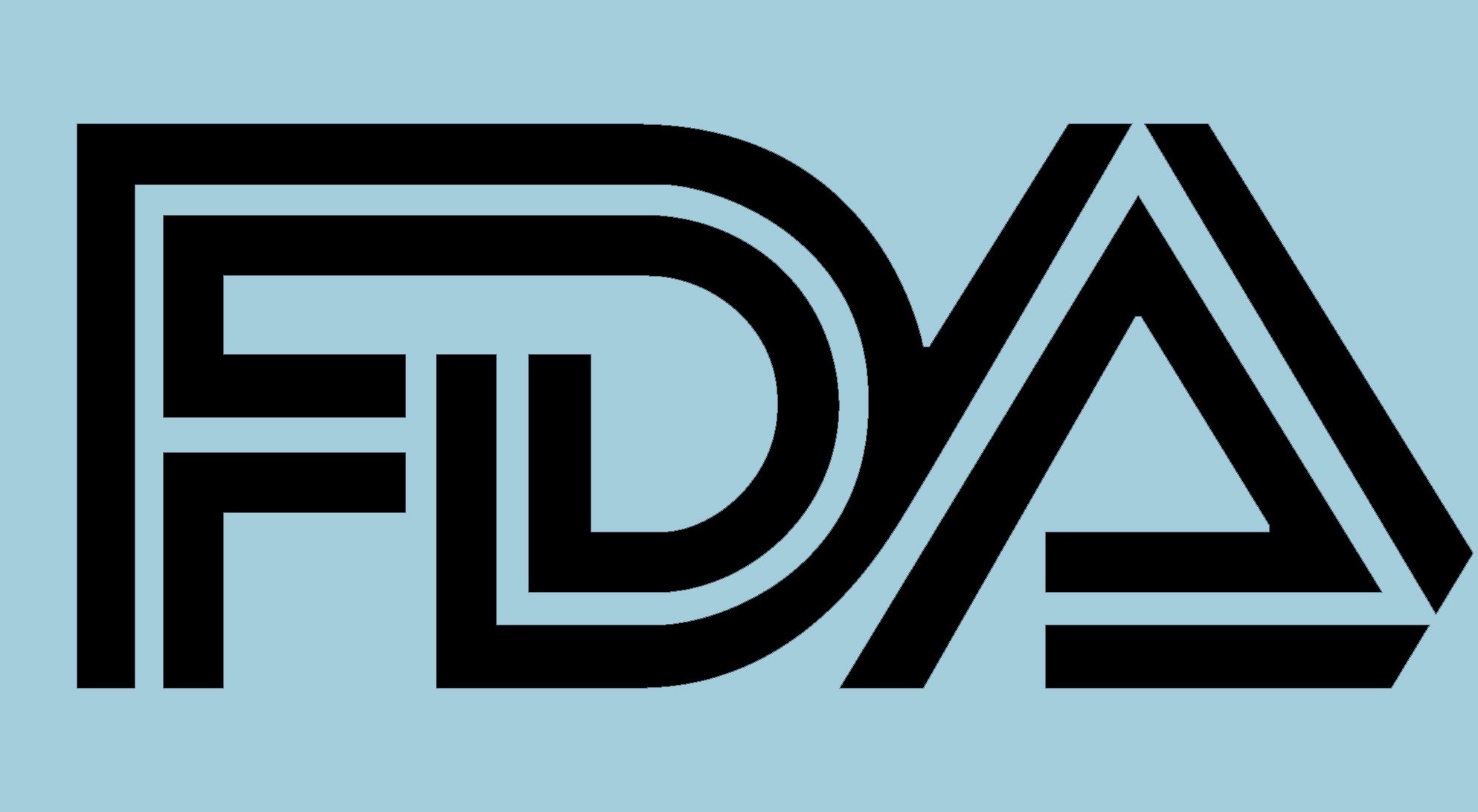News
Article
Voranigo Approved by FDA For Astrocytoma or Oligodendroglioma
The FDA has approved Voranigo to treat certain patients with grade 2 astrocytoma or oligodendroglioma with select mutations, following surgery.
The FDA has just approved the first systemic therapy for patients with grade 2 astrocytoma or oligodendroglioma with a susceptible IDH1 or IDH2 mutation.

The Food and Drug Administration (FDA) has approved Voranigo (vorasidenib) for the treatment of adult and pediatric patients at least 12 years old with grade 2 astrocytoma or oligodendroglioma with a susceptible IDH1 or IDH2 mutation, following surgery including biopsy, sub-total resection or gross total resection, the agency announced.
Voranigo, an isocitrate dehydrogenase-1 (IDH1) and isocitrate dehydrogenase-2 (IDH2) inhibitor, is the first systemic therapy approved by the FDA for patients with grade 2 astrocytoma or oligodendroglioma with a susceptible IDH1 or IDH2 mutation, according to the agency.
"Today's approval of Voranigo is an enormous leap forward in cancer care and a defining moment for people living with Grade 2 IDH-mutant glioma," Arjun H. Prasad, Chief Commercial Officer, Servier Pharmaceuticals, the manufacturer of Voranigo, said in a news release from Servier Pharmaceuticals. "Voranigo, which is the first breakthrough in this specific disease area in nearly 25 years, offers patients unprecedented improvement in progression-free survival. We are proud to deliver this first-of-its-kind therapy to patients in need."
The drug’s effectiveness was determined in the phase 3 INDIGO trial of 331 patients who received either 40 milligrams of Voranigo orally once daily or placebo until disease progression or unacceptable toxicity, with patients assigned to the placebo group allowed to cross over to the Voranigo group after documented disease progression. Patients who had received prior cancer treatment were excluded from the trial.
Findings from the trial, published last year in The New England Journal of Medicine, showed a median progression-free survival (the time a patient lives without their disease spreading or worsening) of 27.7 months among patients treated with Voranigo versus 11.1 months for patients treated with placebo. According to the FDA, the median time until the next intervention was not reached among patients treated with Voranigo and 17.8 months in the placebo group.
Researchers wrote in The New England Journal of Medicine that isocitrate dehydrogenase (IDH)–mutant grade 2 gliomas “are malignant brain tumors that cause considerable disability and premature death.”
The current standard of treatment is a combination of radiation and chemotherapy that, according to a news release from UCLA, can cause neurological deficits that can make it difficult for patients to learn, remember new things, concentrate or make everyday decisions.
“We’re always concerned about the delayed effects of radiation. Having the ability to hold off on getting radiation therapy to the brain with an effective therapy is really critical and very meaningful to this population of patients,” stated co-senior study author Dr. Timothy Cloughesy, in the UCLA news release. He noted that the availability of a treatment that enables patients to go for longer periods of time between chemotherapy and radiation treatments could have a major impact.
Cloughesy is a professor of neuro-oncology at the David Geffen School of Medicine at UCLA and a member of the UCLA Jonsson Comprehensive Cancer Center.
Voranigo, according to a report from the National Cancer Institute, works to block to activity of abnormal proteins in cancer cells while sparing healthy cells.
The FDA reported that the most common side effects experienced by at least 15% of patients were fatigue, headache, COVID-19 infection, musculoskeletal pain, diarrhea, nausea, and seizure. The most common grade 3 (severe) or 4 (life-threatening) laboratory abnormalities among at least 2% of patients were increased alanine aminotransferase (sign of liver damage), increased aspartate aminotransferase (sign of liver disease), increased levels of gamma-glutamyl transferase (enzyme found in liver) and decreased neutrophils (type of white blood cells.
The recommended dose of Voranigo is 40 milligrams once daily until disease progression or unacceptable toxicity among adults, and in pediatric 12 years old and older it is 40 milligrams once daily in patients weighing approximately 88 pounds or more and 20 milligrams once daily among patients weighing less than approximately 88 pounds, the FDA stated.
"Glioma is a unique cancer. Many of the patients I've met are in their 30s and 40s and in the prime of their lives. They have small children and are at the height of their careers. A glioma diagnosis is devastating. VORANIGO can offer patients and their families hope for the future," said David K. Lee, CEO, Servier Pharmaceuticals, in the release from Servier Pharmaceuticals. "As we advance more targeted therapies, identifying mutations and understanding how these mutations impact cancer and its progression are key to helping the right patients find the right treatment, at the right time."
For more news on cancer updates, research and education, don’t forget to subscribe to CURE®’s newsletters here.



